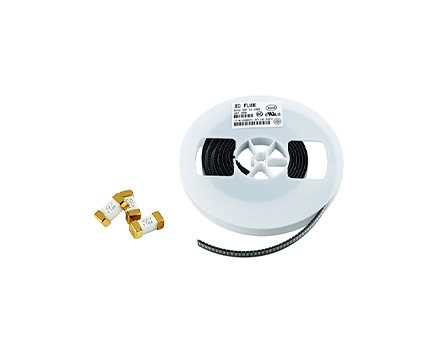
Chip fuses are crucial for electronic devices such as digital cameras, laptops, and mobile phones.. From traditional glass test tube fuses to small fuses and patch fuses, the focus of their selection is slightly different due to the differences in new technologies of the products.
(1) Current in the normal operation of the circuit. According to the operation of the fuse, the current should not exceed 75% of the rated current of the fuse.
(2) Single pulse, impulse current, Surge protector current, operating current and circuit instantaneous value. Please note this when integrating IC fuses. Due to the processing technology caused by small specifications, the impact resistance of built-in fuses is much lower than that of glass tube fuses with the same rated current or other oversized fuses.
(3) The size of overload current and the minimum and longer duration of overload current. It is generally necessary to use digital oscilloscope detection and conceptual calculation to distinguish the size of overload current. The main regulation for a fuse is that when it should not be disconnected (such as in the case of surge voltage), it cannot be disconnected, and it needs to be disconnected within a reasonable time (such as in the case of overcurrent that must be disconnected).
(4) Friction resistance. The resistor of SMD fuse has certain hazards to some circuits: if a fuse with excessive internal resistance is installed in some circuits, it will harm the main operating system parameters of the circuit and prevent it from working properly.
(5) The operating temperature of the fuse. When using SMD fuses in portable devices, it is best to consider the temperature rise of the fuse, that is, the reduction of the rated current of the fuse. The operating temperature of the fuse should be within the required ambient temperature range. When the temperature around the fuse is higher than 25 ℃, the weight reduction should be carried out by referring to the temperature reduction curve.
Read recommendations:
battery terminal fuse nissan problems
Will plug-in fuses be phased out?resettable ptc fuse
motorcycle fuse keeps blowing.How to select the type of self recovery fuse for procurement?